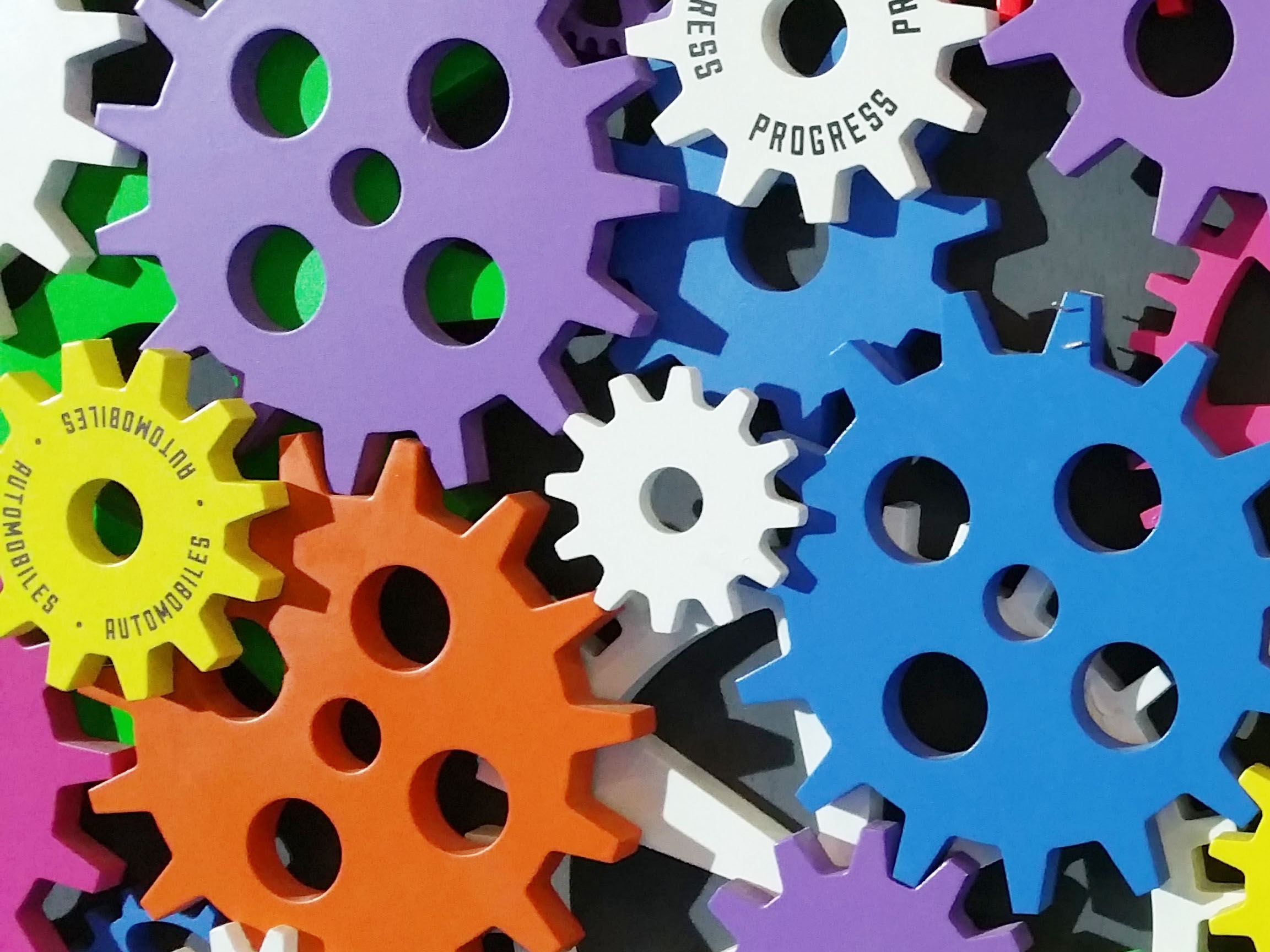Inaugural week, I chose to take a much-needed vacation. I was intentionally choosing to avoid what I anticipated would be the drama in the metro DC area, where I live, relating to the inauguration of Donald J. Trump as our 45th President.
I wanted time to reflect on how I, as a committed diversity, inclusion and engagement practitioner (DI&E), was going to navigate this new DI&E terrain. Not only did the November presidential election results reflect a divided nation, but conceivably divided workplaces. Conversations among my fellow DI&E practitioners indicated apprehension and, in some cases, outright fear about the future of D&I. They worry about their ability to stay on course and if the hard fought victories enjoyed in the past would be rolled back.
Many organizations are uncomfortable, fearful or inexperienced in addressing these diverse perspectives in the workplace and encouraging straight talk among colleagues. The tendency in challenging situations like this is to revert back to the tried and true approach of denial and not talking about or raising these diverse political perspectives at work. This divided climate represents real people who work together every day. These real people work in organizations that depend on all of them to leverage their multiple identities to create more engaged cultures that ultimately drive increased business and organizational results.
Even if folks aren’t putting voice to their concerns at work, it remains the elephant in the room. Those concerns exist, whether they are openly expressed or not and they are not going away. As unsettling as this climate is for many DI&E practitioners, it is all a part of our wheelhouse. This is the scary, exhilarating, “in the mud” DI&E work that provides an awesome opportunity for DI&E practitioners to provide leadership and innovative breakthroughs for the organizations we serve. Those organizations depend on us to help them figure out how to get through this. It is critically important to create safe spaces for cohorts that have opposing views, to come together and hear each other out, with a particular focus on how to harness those opposing viewpoints to the organization’s benefit. This is a unique opportunity for the workplaces we serve to provide leadership, acting as a model for our global communities on how to have those difficult, challenging, scary conversations that allow us to deepen our relationships and understanding of each other.
As a DI&E practitioner, here are some simple steps to get started:
- Meet with your executive leaders on a 1:1 basis and have candid conversations with them about what they are thinking and feeling; and surface any concerns they have about the current climate’s impact on engagement, productivity and relationships.
- Ask supervisors about any fallout within their teams and how it is being expressed. Work with the supervisors to create an immediate plan of action or way to intervene. Equip and practice with them, specific language and techniques to use.
- Connect with individuals and small groups of diverse employees. Inquire about their post-election experiences in and out of the workplace. The data indicates that incidents of discriminatory acts have increase by 32% in some areas. You need to know if this is impacting your colleagues, real or imagined.
- Create opportunities for small groups in your organization to come together with an experienced facilitator to discuss their concerns about the presidential election and its aftermath and any implications for relationships within the organization. Ask them what one action they would want individuals to: Start, Stop, Continue Doing to create more openness and understanding.
- Look at ways to leverage current DI&E training events, like Unconscious Bias training, to build in opportunities to explore how the “divided nation” could be manifesting within their organizations. Ask the groups to identify what they are prepared to do differently to engage those colleagues who have vastly different opinions.
- Do your own self-check, as a DI&E practitioner of your own unconscious biases and fears, to determine if they are limiting you from taking bold action and leadership. In addition, be sure to get feedback from others. They may have perspectives about your behavior that are different from yours.
Recognize and accept that you will probably encounter much uneasiness, fear and outright resistance, as you attempt to get your organization to step out of its denial or discomfort in addressing this elephant in our midst. In fact, you’ll probably get an initial “no go” to your suggestions. Remember this is in your wheelhouse and you know better than most, the importance and benefits of positioning your organization to engage in this work. Summon up your courage, regroup and figure out how to reposition yourself and approach.
Diversity Best Practices has recently developed our resource, Turbulent Times Call for Bold Action that can support the work outlined above and both provide structure and a facilitator’s guide to leading these challenging conversations.
Dr. Vanessa Weaver is CEO of Alignment Strategies, LLC, a 25+-yr. management-consulting firm and a DBP Solutions @ partner, with a focus on all facets of diversity management. Go to www.alignmentstrategies.om to connect with Dr. Weaver.

